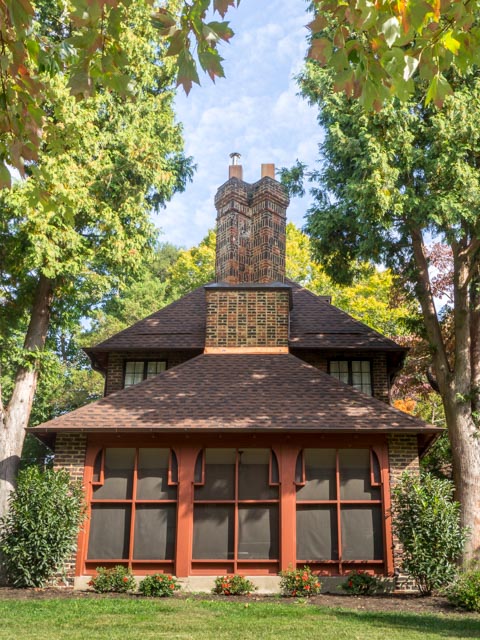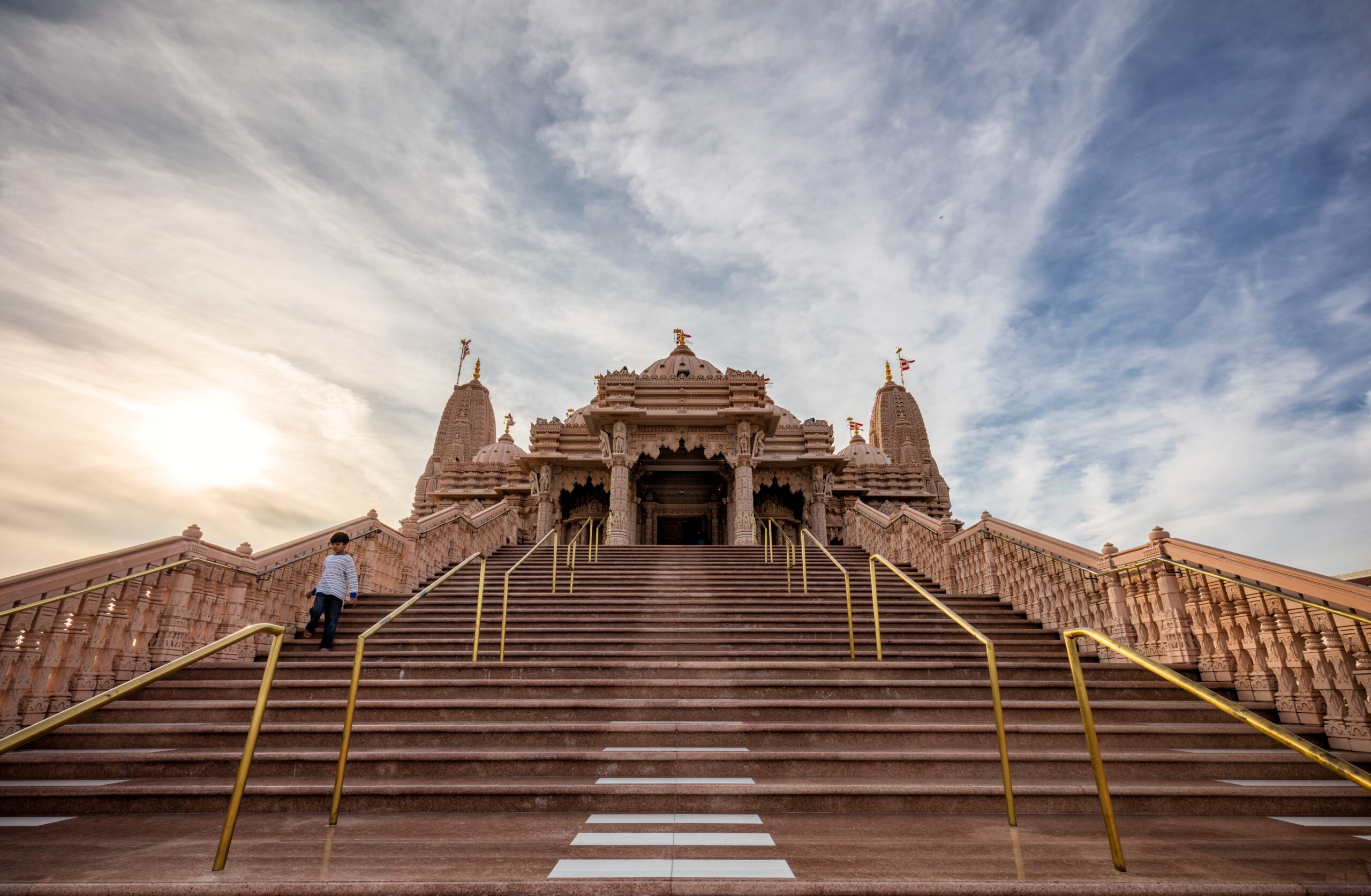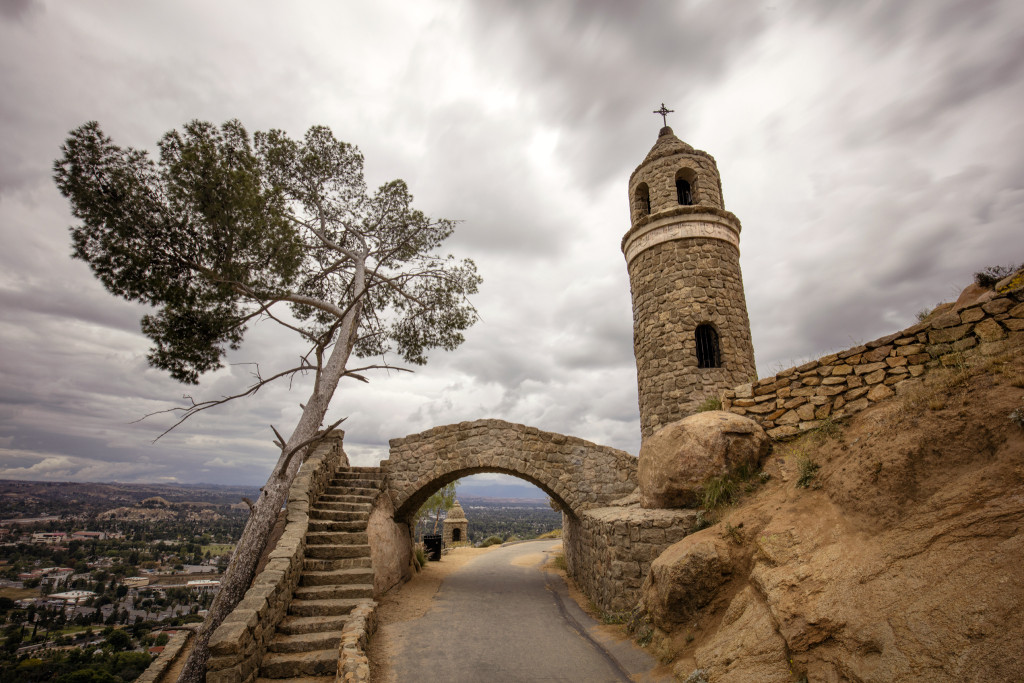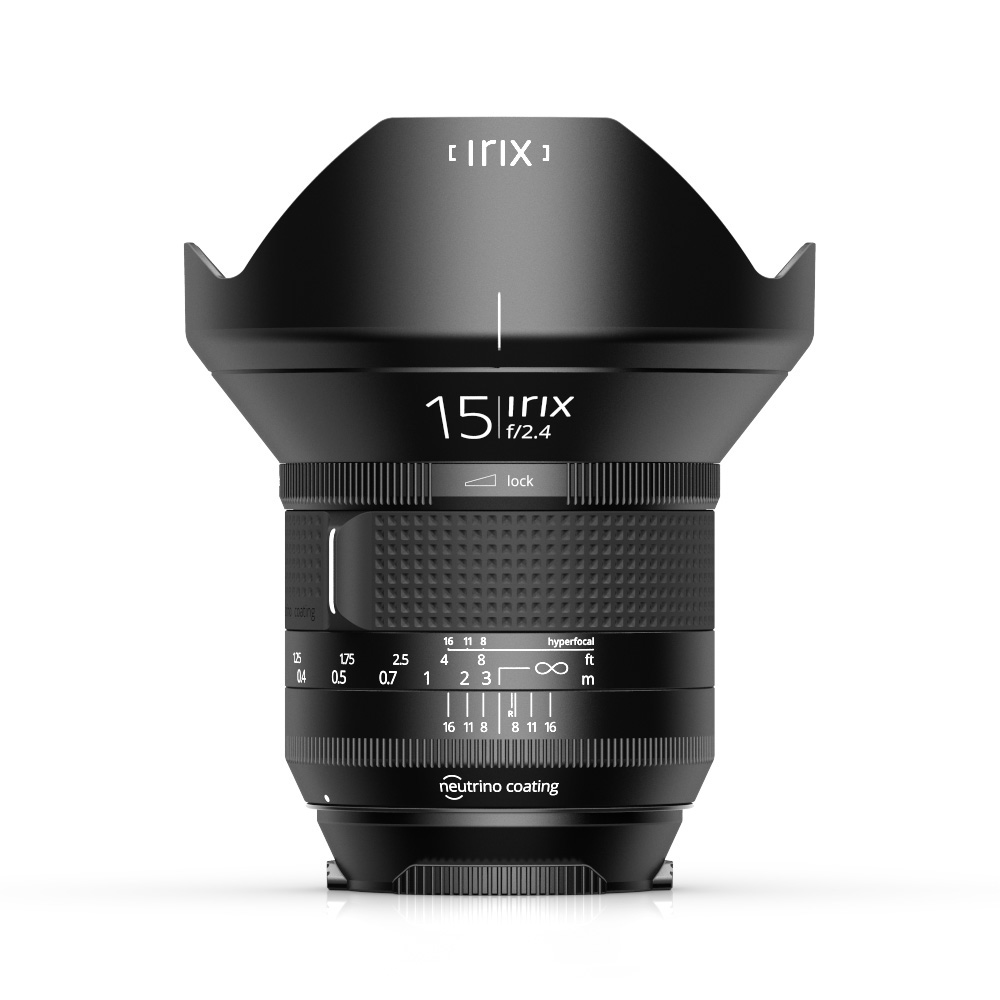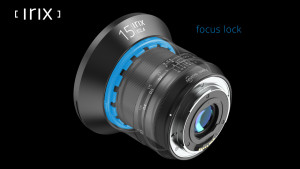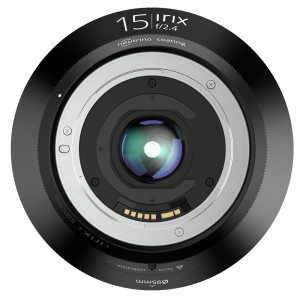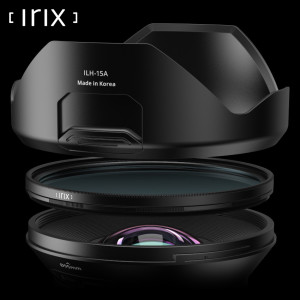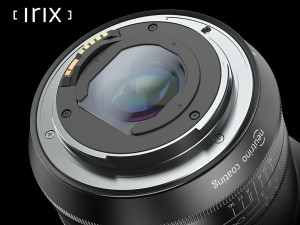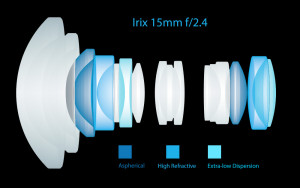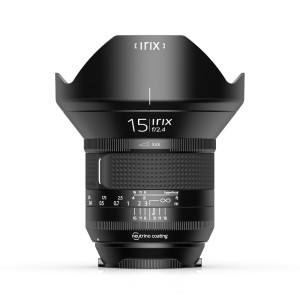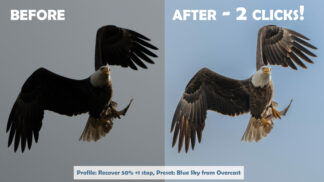
Hey folks! This week we’re tackling architectural photography. I have to admit, I wasn’t sure the difference between architectural photography and real estate photography. For our purposes here, there really isn’t much of one. The difference between the two mostly has to do with its purpose and marketability. While real estate photography is meant to be temporary (it is only intended to sell real estate and must be up-to-date,) architectural photography can be timeless. It is meant to capture the essence and aesthetic sensibilities of a structure and show them in it’s best light (often literally.) You can see one of Tony’s videos on shooting architecture here, which I watched before going out shooting.
I certainly didn’t have any light set-up while I walked around my neighborhood, and I didn’t have any fancy gear like tilt-shift lenses. But I had the late-day sun and bracketing, so I worked with that. I use an Olympus E-M10 with a Lumix 14-42mm 3.5-5.6 lens, not the ideal set up for architecture, but it’s what I’ve got. I shot with a high f/stop and bracketed my shots. I then merged them in Lightroom (you’ll for sure see some chromatic aberrations in the trees from the process. I’m not that advanced yet!) Tony suggests using Photomatix if you can, it makes the HDR process pretty seamless.
Alright, enough talk, here’s what I wound up with:
Look! HDR doesn’t have to be gaudy!
I used a graduated filter to bring up the exposure on the house but leave the sky untouched
There seems to be a lot of chromatic aberration in this one, unfortunately.
Black and white was the way to go for the beautiful light and shape of these posts
Ah, this one I want to like, but I can’t seem to get the crop right. What would you do?
I’m in love with my neighborhood and had been meaning to photograph it for a while, so I have a feeling I’ll try more architectural photography over time. I want to capture the beauty that I see here every day.
So those are just a few of literal dozens I took this week. What do you think? Where was I successful and where did they fall flat?
A reminder that this week our show is on Wednesday at 1pm EST! See you there.


